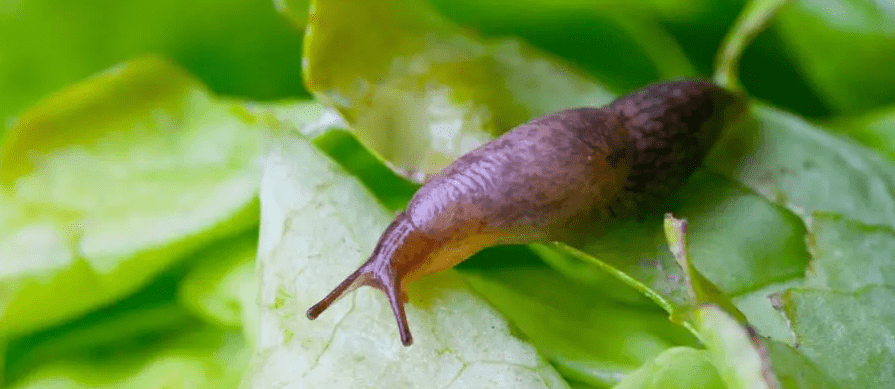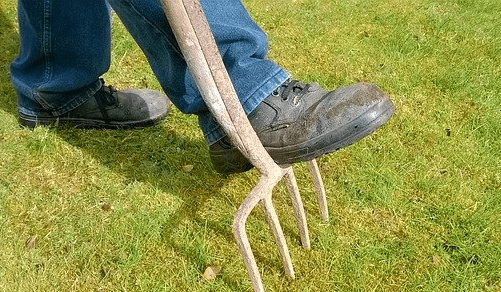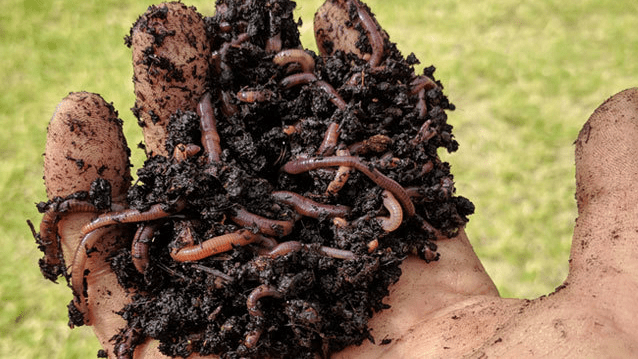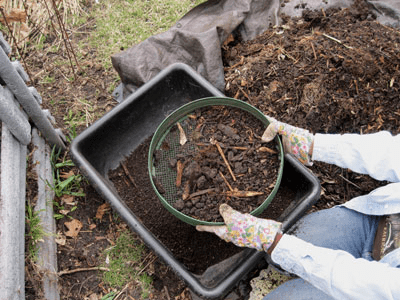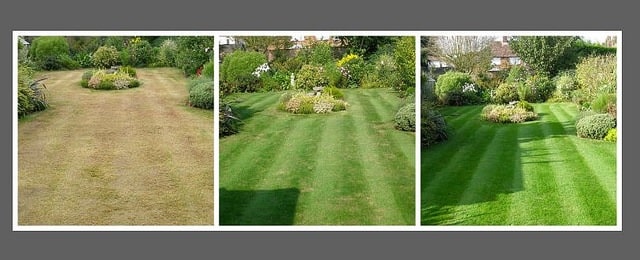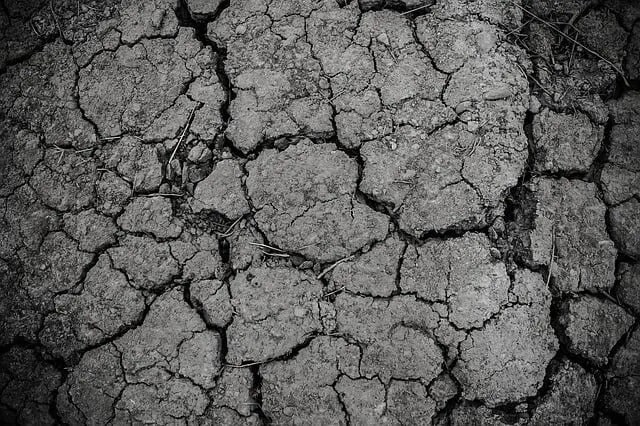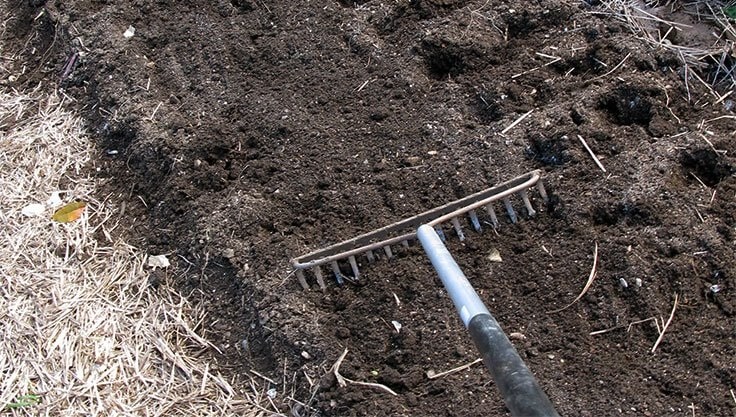Jerusalem artichoke (Helianthus tuberosus) is a pretty flowering perennial. Its tubers are harvested from autumn and are considered very healthy and tasty. With our tips, you can harvest and store Jerusalem artichokes with ease.
- Harvest from autumn and throughout the winter
- as with potatoes: pull tubers out of the ground or dig them up
- low shelf life: can be kept in the refrigerator for a maximum of two weeks
- 3 months shelf life: covered with sand in a dark cellar
- freezing is also possible
Contents
Best harvest time
The main harvest time of Jerusalem artichoke begins as soon as the above-ground parts of the plant die. Thus, the plant prepares for winter dormancy by absorbing all the nutrients stored in the stems and leaves into the tubers. Next spring, the new shoots will then sprout from them, unless you have harvested the tubers beforehand.
Depending on the variety and flowering time, harvest time begins at the end of August, although you can always dig up the healthy tubers fresh throughout the winter if the ground is frost-free.
Since Jerusalem artichokes can only be stored for a short time, you should only harvest as much as you need anyway – in the ground, the winter vegetable is guaranteed to stay fresh until spring. However, it tastes best in autumn, as the tubers are then still plump and crunchy.
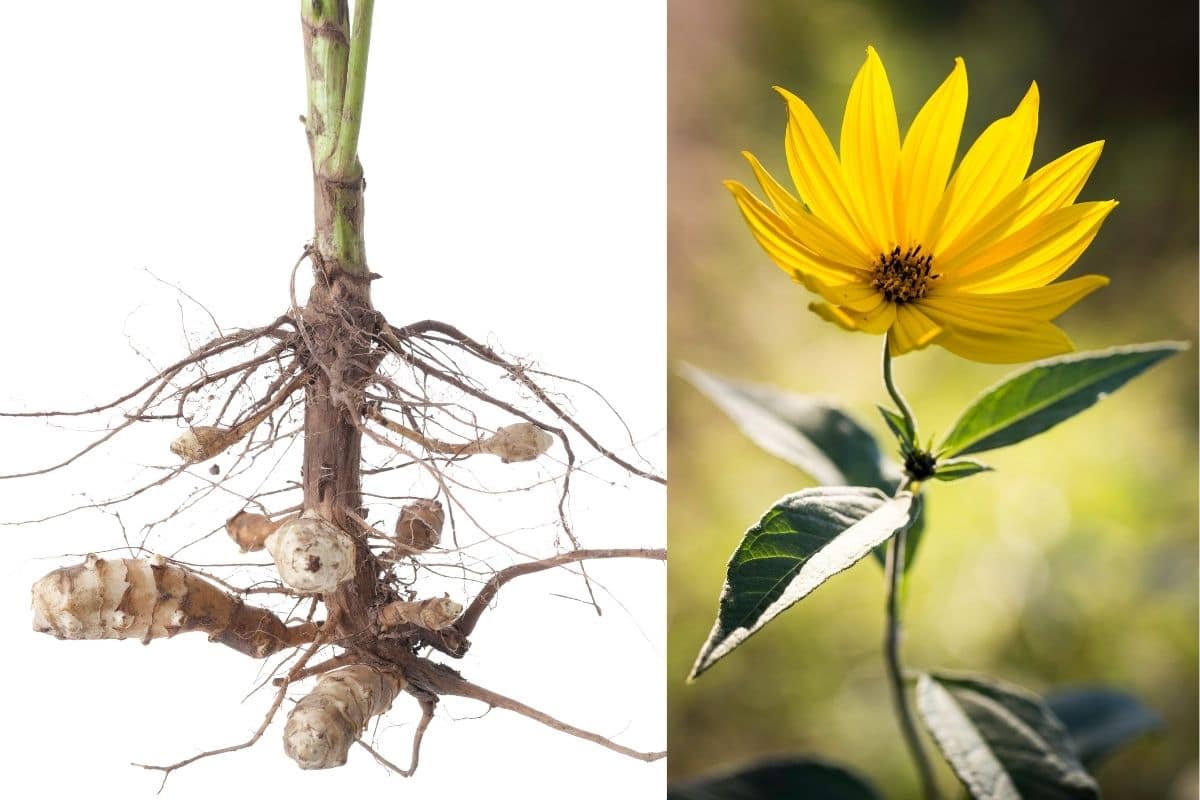
Tip: In principle, Jerusalem artichoke can be harvested throughout the year, only in the summer you should refrain. At this time, the tubers are wrinkled and have little flavor.
Harvesting Jerusalem artichoke
You harvest Jerusalem artichokes like potatoes, by pulling the tubers out of the ground by the stem. You can cut off the dead plant stems beforehand and then proceed as follows:
- Use a spade or digging fork
- pierce the soil about 20 centimeters from the stem
- Loosen soil by means of leverage
- Collect the tubers
You can chop the withered stems into small pieces and use them as mulch, provided the plant parts are free of contagious diseases.
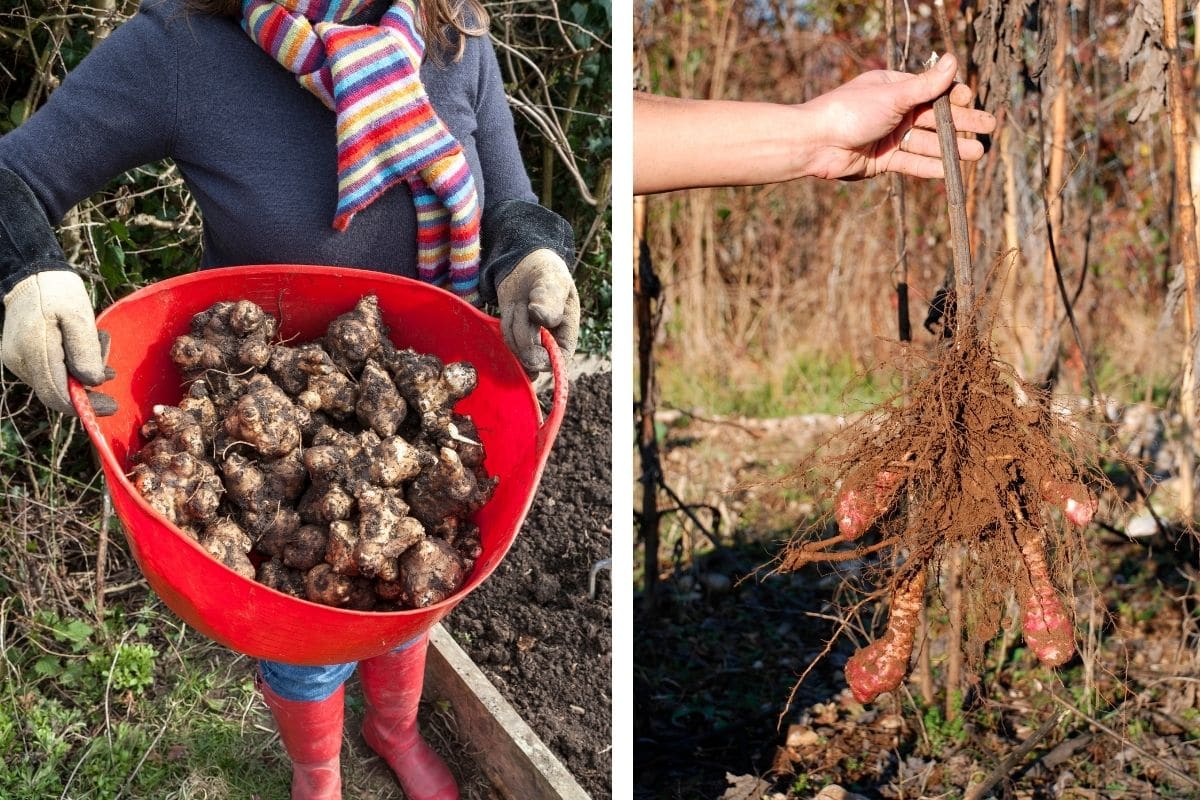
Tip: Replant the small tubers about 15 centimeters deep into the ground so that you can also harvest Jerusalem artichokes next year. You should replant one to two tubers per stalk.
Storing Jerusalem artichokes
Since Jerusalem artichokes can only be stored for a short time, you should always take the tubers out of the ground as needed. As long as the soil is not frozen, you will always harvest fresh vegetables throughout the winter. If this is not possible or not desired, the best storage option is this:
- do not wash or brush dug tubers.
- put them in a box (e.g. wooden box)
- cover with sand
- put in a dark and cool place (e.g. cellar)

In this way, Jerusalem artichokes keep for about three months. In the vegetable compartment of the refrigerator, however, the tasty tubers can only be stored for a maximum of two weeks.
Freezing the tuber
You can also freeze fresh Jerusalem artichokes to preserve them. This is very simple:
Harvest and wash the tubers
- thoroughly clean with a vegetable brush
- peeling is not absolutely necessary
- cut into small pieces or leave whole
- blanch for a few seconds in boiling, lightly salted water
- rinse with cold water
- dry thoroughly
- place in a freezer bag or a freezer-safe container
- seal well and freeze immediately
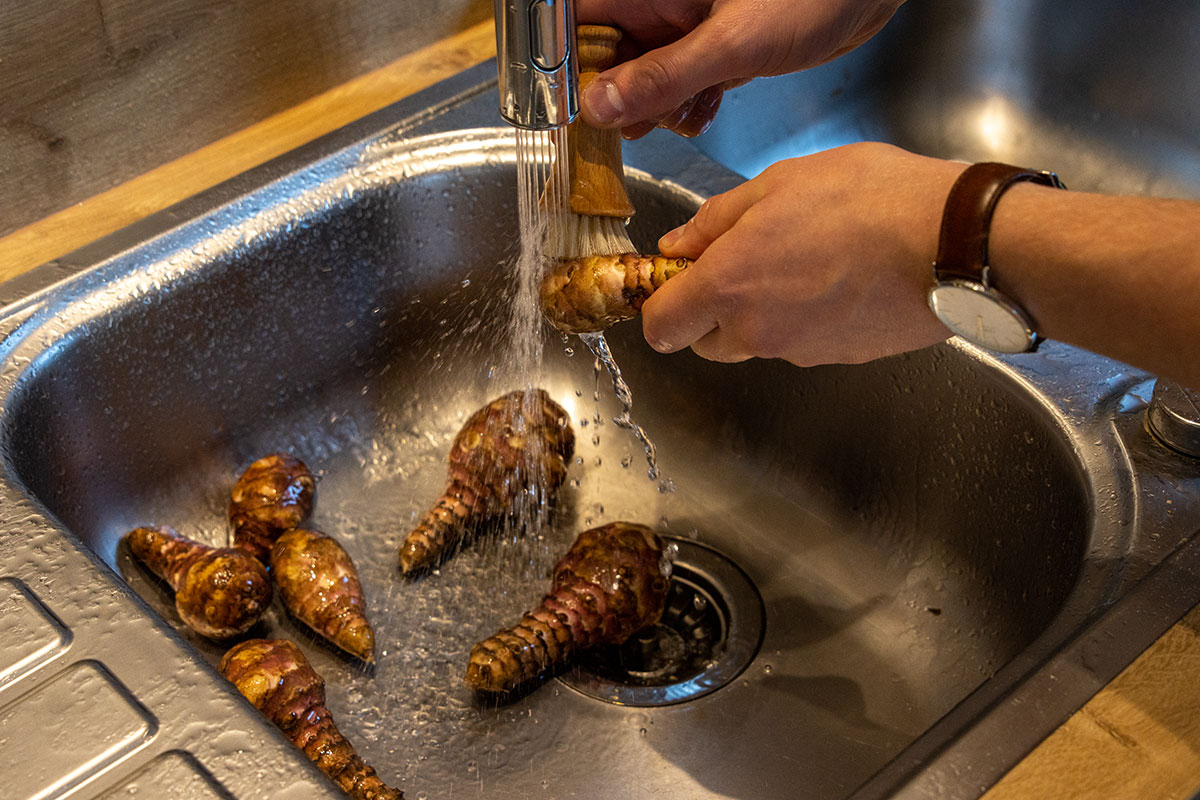
If you freeze the Jerusalem artichoke, it will keep in the freezer for up to a year. Blanching is not absolutely necessary, but recommended. You can also process the tubers into mush and freeze it.
Tip: Jerusalem artichoke chips are delicious and can also be stored for several weeks: cut the washed and brushed tubers into thin slices and dry them in the oven or dehydrator.
Frequently asked questions
Is Jerusalem artichoke hardy?
Unlike potatoes, Jerusalem artichokes are hardy and can therefore be left outside all winter without any problems. In any case, leaving them in the ground is the best way to store Jerusalem artichokes. This keeps the tubers fresh until spring.
How to recognize spoiled Jerusalem artichoke?
Jerusalem artichokes are no longer good when the tuber feels soft and/or mushy. If it is, the rotting process has already begun and you should not eat the vegetable. Green or dark colored spots or dots are also an indication that the tubers are no longer fresh. However, you can simply cut these out as long as the tubers are otherwise firm.
Do you have to peel Jerusalem artichokes?
Jerusalem artichokes cannot be stored for so long because their skin is very thin. However, this also means that you don’t necessarily need to peel the tubers: Thoroughly wash and clean with a vegetable brush is enough. Only dark or green areas should be cut out. If you do want to peel the tubers, this is best done when they are cooked.


